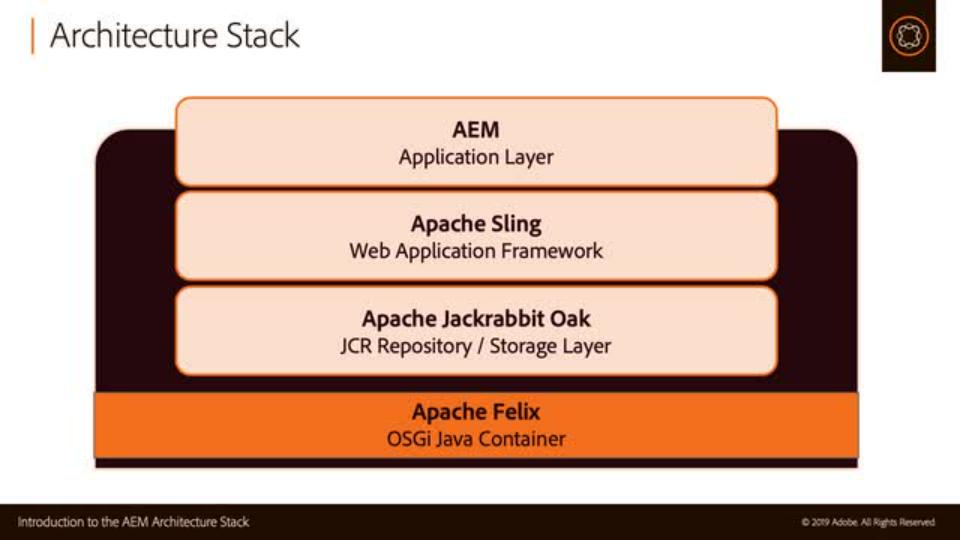
Abstract
Scaling
AEM as a Cloud Service now has:
A dynamic architecture with a variable number of AEM images.
This architecture:
1. Is scaled based on the actual traffic and actual activity.
2. Has individual instances that only run when needed.
3. Uses modular applications.
4. Has an author cluster as default; this avoids downtime for maintenance tasks.
AEM as a Cloud Service is made available as individual instances with each instance representing a complete AEM environment. There are four types of environments available with AEM as a Cloud Service:
1. Production environment : hosts the applications for the business practitioners.
2. Stage environment : is always coupled to a single production environment in a 1:1 relationship. The stage environment is used for various performance and quality tests before changes to the application are pushed to the production environment.
3. Development environment : allows developers to implement AEM applications under the same runtime conditions as the stage and production environments.
4. Demonstration environment : can be used for evaluation, demonstration, prototyping, and training purposes.
The development and the demonstration environments are often referred to as non-production environments.
Read Full Blog
Q&A
Please use this thread to ask the related questions.
Kautuk Sahni
